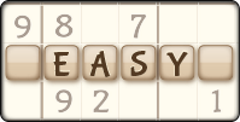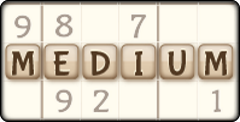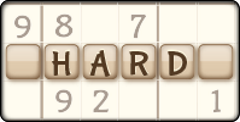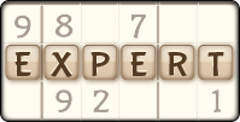What is the Objective of Sudoku? Learn the Goal of This Classic Puzzle
Sudoku has been stealing the hearts of keen gamers since its Japanese debut back in 1783. Since then, this simple grid-based game has become a worldwide phenomenon that keeps players coming back for more.
Unfortunately, if you aren’t versed in Sudoku, the game’s characteristic numbered grids can look a little confusing. This might stop you from even trying to get into the game. In truth, though, Sudoku’s aims are pretty simple, and once you understand them, you’ll easily know what all those grids are about.
So, let’s get into what exactly you’re working towards when you settle down with a Sudoku grid.
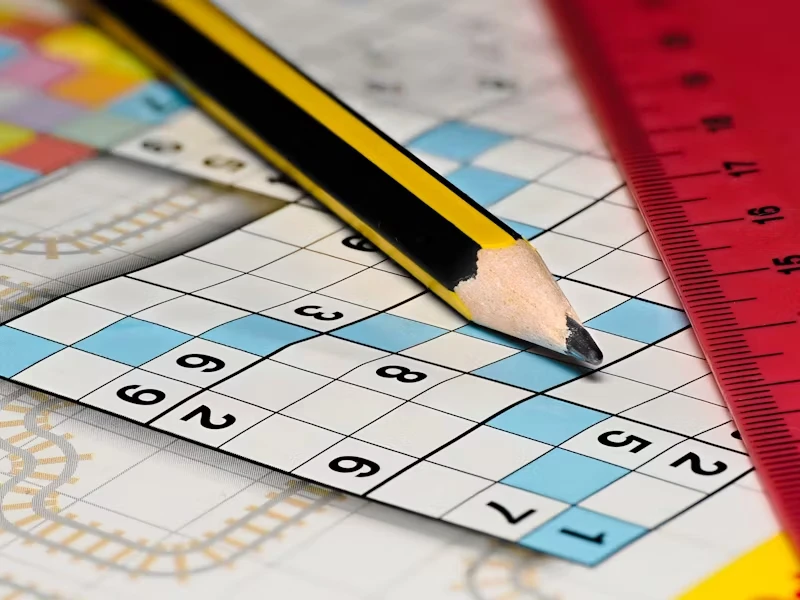
Basic Objectives of Sudoku
It’s hardly surprising that Sudoku grids are confusing if you haven’t a clue about the overall aim of the game, so let’s break down the mystery a little.
Quite simply, the objective of Sudoku is to ensure that each mini-grid, row, and col umn only contains the numbers 1-9 once.
Every single box on the grid needs to have a number, though the amount of numbers you have to fill will vary depending on your level of play, which will determine the amount of pre-filled boxes.
Once you understand this, one thing becomes clear – Sudoku isn’t the complex number game it appears to be. In fact, the only number skill you need is simple arithmetic. The rest is all about logic and concentration!
Understanding the Grid Layout
Sudoku’s grid layout is a unique marker of the game, and it can seem like another complex element that’s actually got a pretty simple explanation.
Sudoku grids consist of 9 big squares, each of which is broken down into 3x3 grids of 9 smaller boxes, which are also known as ‘nonets’. Every Sudoku grid contains 81 boxes in total.
This is true regardless of game difficulty, though a higher proportion of these boxes will be pre-filled at an easy level.
Each box on the grid needs to be filled before you can complete your game, though as mentioned, you need to avoid repeating numbers across each element of the grid to succeed.
Rules for Number Placement
So, you know the basic objective of Sudoku. You understand a little bit more about the grids. But how exactly do you go about placing your numbers to win the game?
Truthfully, we’ve already covered the most important number placement rule in Sudoku – you need to fill each element (nonet/row/column) with the numbers 1-9, but you can’t repeat any of those numbers within the same element.
To break that down a little further, the numbers in each grid element will need to equal 45 in total.
It’s also worth remembering that there’s only one answer to each Sudoku puzzle. Your number placement should be carefully planned to ensure the right solution.
Solving the Puzzle
Once you understand the gameplay, it’s time to start solving your puzzle. This is where the fun really begins, but it’s also where you’ll need to make sure you’re getting things right.
Our best advice for solving your first Sudoku puzzle includes –
- Never guess: While it may be tempting to guess a few Sudoku numbers when you get started, it’s never a good idea to do so. If you choose the right difficulty level, your puzzle should be easily solvable by simply working things out using the numbers already provided.
- Start with naked singles: Naked singles are singular empty boxes in a pre-filled grid element. These provide a great place to start solving your puzzle as they’re simple to solve and set you up to find correct number placements elsewhere.
- Fill in candidates: Filling in candidates involves simply penciling down or making note of all possible numbers for each square. This can help to reveal squares with only one possible answer, enabling you to fill that space with what’s known as a ‘forced’ answer.
- Play online: One wrong number in a Sudoku grid can unravel your entire game and may ruin that puzzle for future play. By comparison, playing online is a great option for learning how to solve a puzzle because you can easily undo your moves and start again to get things right.

Common Goals for Different Levels
Like any game, you can play Sudoku at a range of different levels from easy to intermediate, but the goals of the game never change. Rather, the main differences between each level involve how many squares are filled when you begin.
Easy games will have a higher proportion of pre-filled squares, making it easier to fill your grid using simple logic and techniques like naked singles. All Sudoku games have some pre-filled spaces, but these are far fewer for complex games that require more involved logic and understanding.
Either way, the game’s goal remains the same – each element should still contain the numbers 1-9 once, adding up to a total of 45.
The Role of Logic In Sudoku
As we’ve mentioned, you don’t need to be some kind of maths master to succeed at Sudoku, but you need to be adept in the logic stakes to solve puzzles successfully.
This is great news because it ensures many Sudoku benefits like improved brain health and cognitive skills. But, what exactly is the role of logic in Sudoku?
A few ways to apply logic as you play include –
- Recognizing patterns: The faster you can recognize number patterns and potential number order, the faster you’ll be able to fill Sudoku grids.
- Power of deduction: Power of deduction is a key logic-based Sudoku skill, which allows you to more easily fill squares by considering what the answer can’t be, and thus what it is.
- Understanding mistakes: Backtracking when you make a mistake is a major part of any Sudoku game, and it requires the logic to recognize inconsistencies in your grid, and also where they stem from so that you can successfully address the problem.
Tips for Achieving Success
Everything we’ve discussed so far will ultimately bring you closer to Sudoku success, but it’s also worth considering the following vital tips to help you with successful gameplay –
- Take it one number at a time: You’ll never solve a Sudoku puzzle, or even fill a single square, by looking at the entire grid. Instead, it’s important to focus on one number at a time, in just one part of the grid. As well as being less daunting, this will highlight any obvious singles or pairs and will result in more correctly filled spaces.
- Use different techniques: There are various Sudoku techniques, including basic scanning techniques, and more complex techniques like x-wing. You should use several different techniques to successfully fill your Sudoku grid. Try to spend five minutes or so on each technique before moving on.
- Seek the easiest solutions first: Start by filling in the easiest squares on your grid using solutions like naked singles and pairs. This provides you with a great starting point and a more solid foundation for deducing complex number placements later on.
- Learn how to scan: The ability to quickly scan your grid is key to Sudoku success and is a skill that you can hone with practice. Improve your scanning skills through regular play, and also familiarize yourself with key reference points like singles, pairs, and clusters that can help speed up gameplay.
- Get a fast start: Many players make the mistake of overanalyzing their starting point, which can see them running out of time or simply not filling their grid at all. You’re far more likely to succeed if you make an informed fast start based on things like easy placements or perfected techniques.
Benefits of Completing Sudoku
Nothing beats the feeling of completing a Sudoku grid. Whether it’s your first or fiftieth time playing, you’re sure to be ecstatic. But, as well as the buzz, completing Sudoku brings a few more practical benefits, such as –
- The ability to increase game difficulty: If you’re easily completing Sudoku at your chosen skill level, it’s a sure sign that you’re ready to increase game difficulty. This is great because it means Sudoku will challenge you again and also provides the opportunity to become an even better player.
- Highlighting techniques: Completing Sudoku puzzles using certain techniques is a key way to inform how you approach future play and can highlight the best techniques for you to use each time.
- Cognitive benefits: Playing Sudoku has countless cognitive benefits, particularly when you complete a puzzle. Just a few benefits you might enjoy include improved concentration, memory recall, and even spatial reasoning.
- A shot at the leaderboard: Completing a game of Sudoku online gives you a shot at appearing in daily leaderboards, which can highlight your achievements and motivate you to play again.
Solve Your Next Sudoku At 24/7 Sudoku
Sudoku is a great game, and it's made even better when you perfect your gameplay online with the help of benefits like easily highlightable squares and adjustable difficulty levels. Whether you’re just starting or are aiming to improve your Sudoku skills with the hints in this article, click here to play at 24/7 Sudoku today.
Sudoku Levels
Seasonal Sudoku Games
More Games
Sudoku News
Disclaimer
DISCLAIMER: The games on this website are using PLAY (fake) money. No payouts will be awarded, there are no "winnings", as all games represented by 247 Games LLC are free to play. Play strictly for fun.

